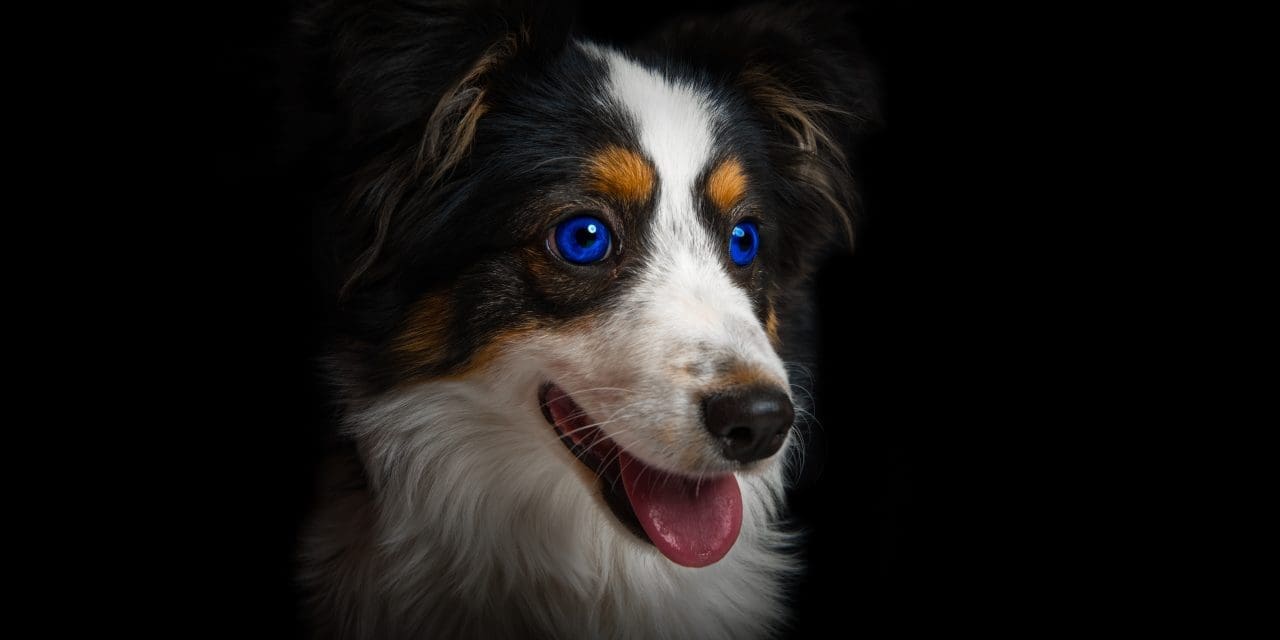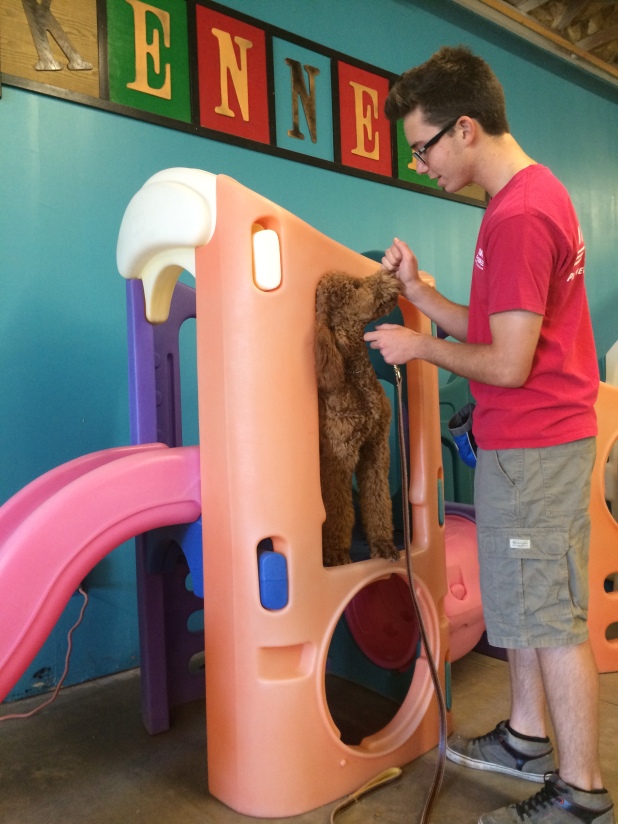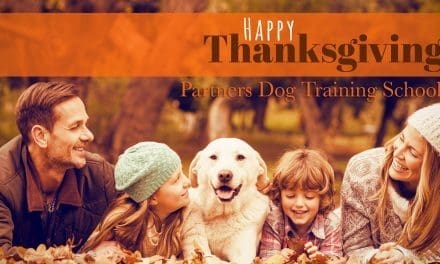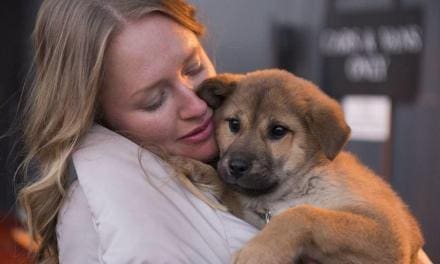1. Isolation
Place your dogs in an area in the house that is isolated from everything. Bathrooms are good, as are internal bedrooms. A dressing room, should you have one, is the best, as the clothing on the walls effectively dampens any exterior sounds.
2. Masking
Play music in the room where the dogs are. This results in a masking effect, and creates additional ambient sound. Play a selection with a wide range of frequency, highs and lows, and lots of drums. House music, rock music or country is a good choice during periods of loud thunder or fireworks. This is not the time for relaxing to Enya or yoga vibes. Ensure the music doesn’t stop when you are away, as the silence can be deafening.
3. Soundproofing
Place sound absorbent materials, such as carpeting, towels, blankets etc. in the room where the dogs are staying. This will in effect break up the sound transfer, and reduce the pressure reaching the dogs. By the way, this also helps with a noisy puppy; or a crying baby.
4. Sedation
Personally I am not a fan of drugs such as Prozak or Ace. However, if your dog has an extreme case of PTSD, or is severely affected by load noises, then this may be your only solution. They do work, and most have minimal side affects. Check with your vet first though.
5. Feeding
Feed your dogs shortly before the action is about to start. Most dogs take a nap after dinner, so may be more relaxed. However, if your dog has a tendency to throw up when fearful, then I would not feed them prior. Rather I would wait until you return home, or until after the fireworks are over.
6. Training
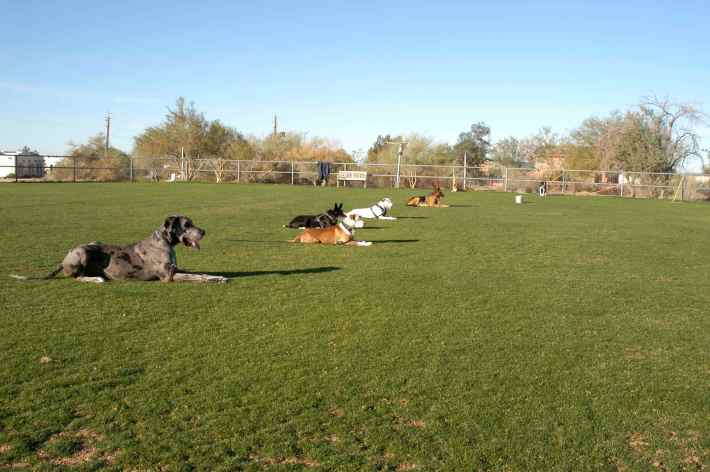 Yes, I am a trainer, so clearly I may be accused of bias. But the truth is training is very effective. The trick is to know how and when to train, and to know your limitations. Start by introducing your dog to noise on a limited basis, over a period of weeks. Don’t wait until July 3rd to start. Depending on your dog, and if you are reading this, chances are your dog has this issue, you may have to start small, and build up in baby steps. Don’t flood your dog. Build on successful results, and avoid overwhelming your dog, which could cause them to crash. Remember, positive is always more effective than pressure.
Yes, I am a trainer, so clearly I may be accused of bias. But the truth is training is very effective. The trick is to know how and when to train, and to know your limitations. Start by introducing your dog to noise on a limited basis, over a period of weeks. Don’t wait until July 3rd to start. Depending on your dog, and if you are reading this, chances are your dog has this issue, you may have to start small, and build up in baby steps. Don’t flood your dog. Build on successful results, and avoid overwhelming your dog, which could cause them to crash. Remember, positive is always more effective than pressure.
7. Calming
Calming kind of goes with training. Basically you use your training foundation to maintain calm in your dog. Using a gentle assertive voice you show your dog there is nothing to fear. By “assertive” I do NOT mean dominant compulsion. I mean remaining calm and respectful, but using your “parent” voice. Use words such as “settle”, “relax” or “easy”. Avoid corrections, such as “NO!” These increase stress. Remain kind and fair to your dog, while showing them noise is just that; noise!
8. Companionship
Having a second dog can be useful. Or for that matter another animal. However, it only works if the companion is calm and relaxed. Placing two animals that are both reactive or stressful will result in a cumulative or even exponential effect.
9. Crating

Anyone that knows me knows I love crates. If used correctly, they are awesome. But like any tool, you need to prepare and train. Crating plays on the denning principle in animals. Most dogs love their crates. Mine cannot wait to go into their crates, as it provides a safe and quiet place for them. If your dog is not comfortable in a crate, consult a professional trainer before leaving them in a crate over July 4th.
10. Kenneling
Another option if you are out for the night is to board your dog at a kennel. Check that they have protocols in place to ensure your dog cannot break out of a kennel, or better still, that their facility is soundproof. Keep in mind that some kennels are full over July 4th, or have minimum stays.
11. Treat
As a trainer, I love things that keep my dogs occupied. A bone, or a Kong filled with cheese or peanut butter will keep them occupied for hours. My dogs will chew on almost anything I give them. Avoid things that they could choke on, and if you have more than one dog, ensure you keep them separated to avoid conflict over a bone or toy. Did I mention crate training?
P.S.Thundershirt
This tip is a freebie. Look into the “thundershirts” that dogs can wear. They work on dogs that are already anxious, and may minimize their reactivity. I have found these work best on dogs that have been acclimated to them over a period of weeks.
EXTRA: Exercise
 Don’t forget exercise! Run, swim or play with your dog for a hour prior to the evening. You probably need the exercise too; I know I do, but your dog will LOVE the additional attention. And after all, isn’t that what life is about.
Don’t forget exercise! Run, swim or play with your dog for a hour prior to the evening. You probably need the exercise too; I know I do, but your dog will LOVE the additional attention. And after all, isn’t that what life is about.
A tired dog is a sleepy dog.

